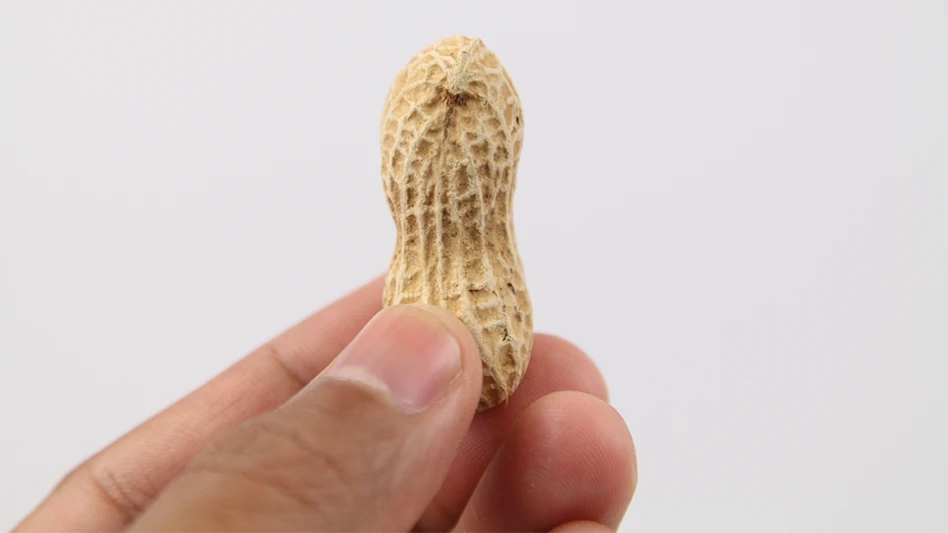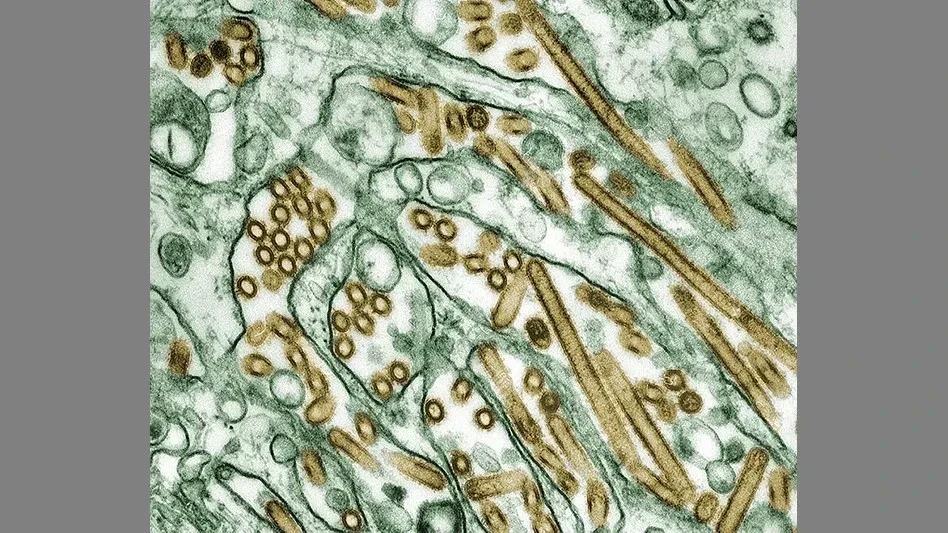Technologies and developments in foreign object detection are continually improving, driven primarily by big-brand customers and consumers. According to manufacturers/distributors, the newest and up-and-coming developments are:
* X-ray technology. While there are not a lot of new developments in the technology of the x-ray itself, what is new are the advances in the software and automation and reduction in costs, making them more viable for use in the food processing industry. In contrast with systems used at airports, it is rarely feasible for a processing plant to employ a person to sit at a monitor, scanning the "contents" of the packages, in search of foreign objects. But today’s x-ray technology enables programming of the software to "read" the product and understand what does or does not belong.
* Magnets are getting more and more powerful to detect ever-smaller contaminates. A new introduction to the pharmaceutical industry, for example, can detect a speck of iron oxide in the coating of a pill. Magnetic detection is relatively new to food processing, although the technology has been around for years. Dave Heubel, sanitary market manager for Eriez Magnetics, Erie, Pa., cites a recent application of mineral-processing magnets in a dairy, which has taken its food safety "to a whole new level. It’s new to food people, but it’s been around in mining forever," he says.
* Metal detectors are becoming ever more sensitive, able to find ever smaller bits of metal and detect lower "parts per" in higher quantities. In addition to improvements in the detectors themselves, manufacturers are beginning to work from the back end, adding detectable substances to items such as bandages, ear plugs and conveyor belting, so that these items can be picked up by the metal detectors.
* Computer imaging/visual inspection systems are undergoing a great deal of research for increased use in the food industry. Now used primarily with meats, fruits and vegetables, the optical recognition equipment detects and removes foreign objects and extraneous material through color, size, texture and/or shape sorting.
Oscar Jeter, national sales manager for Mettler Toledo Safeline, Tampa, Fla., expects to see continuing improvement in the systems. This simplicity is particularly important in an industry with higher turnover rates. The goal, Jeter says, "is to continue to press the sensitivity of the systems to find smaller and smaller particles, but also to simplify their use."
The continuing developments in all types of foreign object detection equipment are taking food safety to a "whole new level" across the industry. And it is a development being driven primarily by customers, Heubel says. "They lead the way because they’re concerned." Concerned about food safety and brand protection; "they don’t want to see their name on the news associated with anything negative."

Explore the March 2007 Issue
Check out more from this issue and find your next story to read.
Latest from Quality Assurance & Food Safety
- Nestlé Opens Arizona Beverage Factory and Distribution Center
- Ingredion Invests $100 Million in Indianapolis Plant to Improve Efficiency, Enable Texture Solutions Growth
- Eagle Unveils Redesigned Pipeline X-ray System
- USDA Invests Up To $1 Billion to Combat Avian Flu, Reduce Egg Prices
- Washington Cats Confirmed with HPAI as Investigation into Contaminated Pet Food Continues
- USDA Confirms Bird Flu Detected in Rats in Riverside
- Kyle Diamantas Named FDA’s Acting Deputy Commissioner for Human Foods
- QA Exclusive: Food Safety Leaders React to Jim Jones’ Departure, FDA Layoffs





